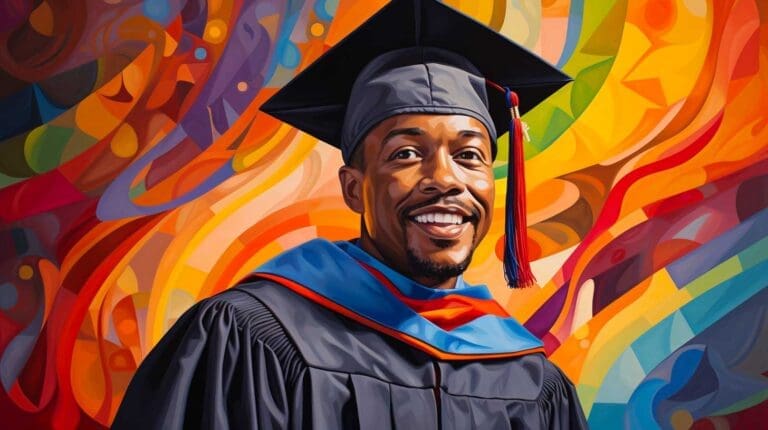Van Gogh’s Ear
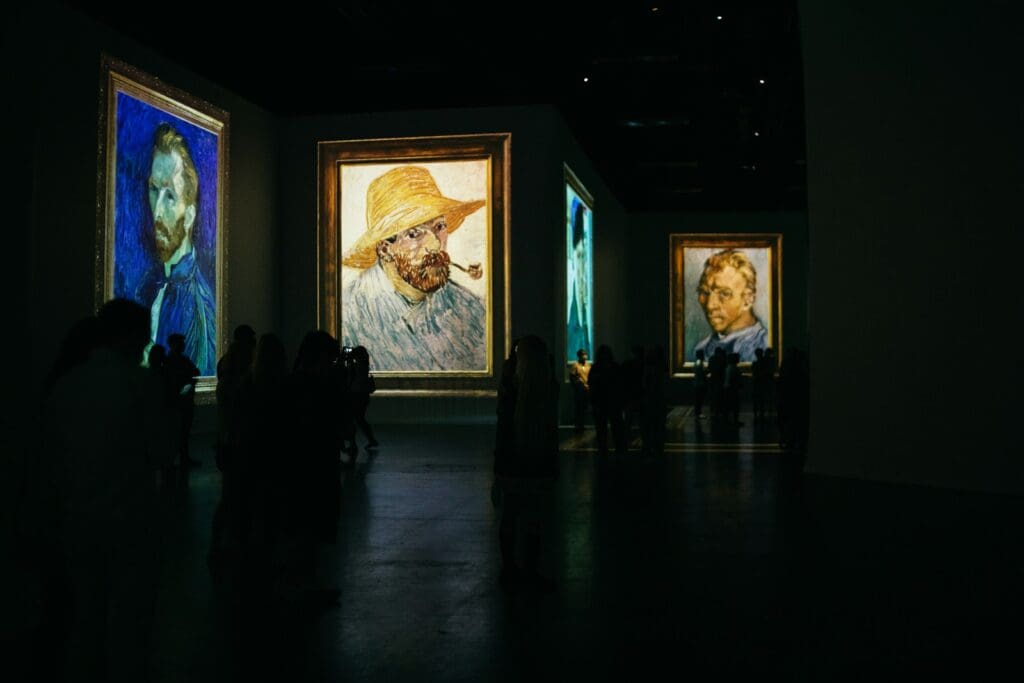
The story goes that accomplished painter Vincent Van Gogh chopped his own ear off and gave it to a French prostitute because he was so unstable. However, this is a lie fabricated by Paul Gauguin, a rival of Van Gogh’s, who himself nicked off the earlobe with a fencing rapier in a nasty falling out. Gauguin spread the rumor that Van Gogh did it himself to humiliate and discredit his hated rival.
Richard III
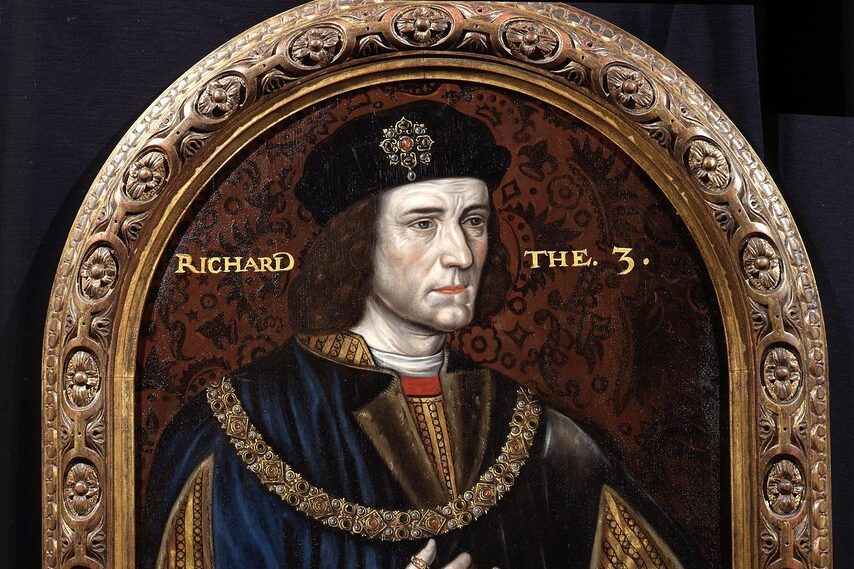
Contrary to Shakespeare’s version of events, Richard III was not a hunchback, nor was he a cartoonishly evil usurper. He held his nephews, Edward V and Richard of Shewsbury, in the Tower of London and took the throne for himself, but he was backed by an assembly of both lords and commoners to take over the realm as king. Sources differ regarding whether or not he had his nephews executed, though. Richard III’s remains were discovered in 2012, revealing that, while he suffered from scoliosis, he was not a hunchback.
Washington’s Teeth
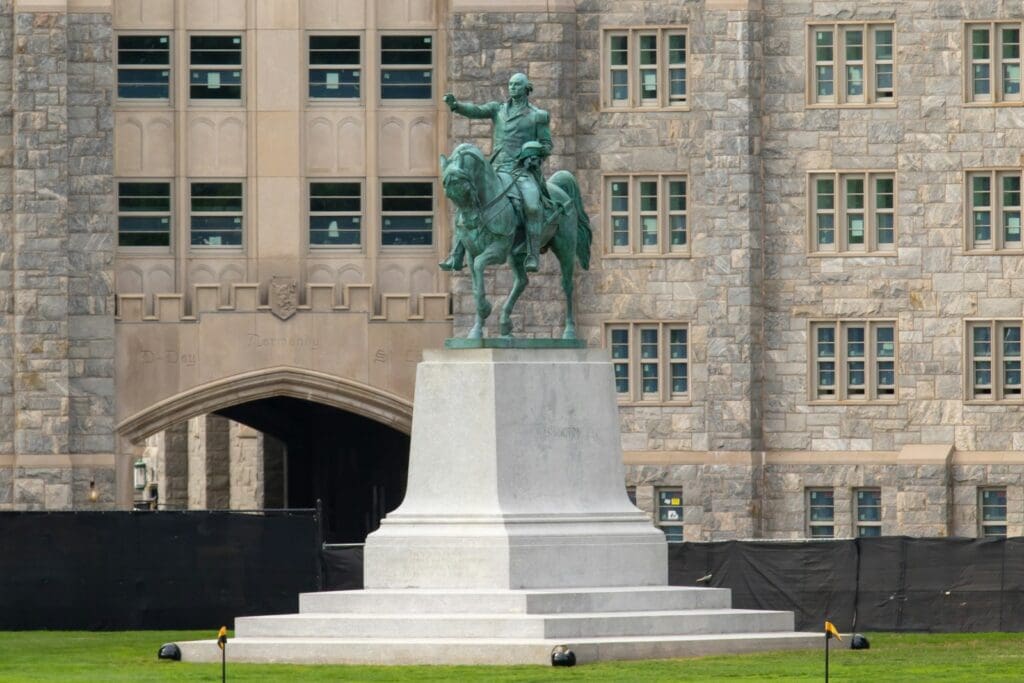
Some sources attest that George Washington had wooden dentures that appalled guests who visited him when he became the country’s first president. However, there’s no evidence of this. It’s known he had dentures made of gold, ivory, and even lead, but the wooden rumor likely started due to his love of port wine staining his dentures brown or dark red.
Columbus’s Rationale
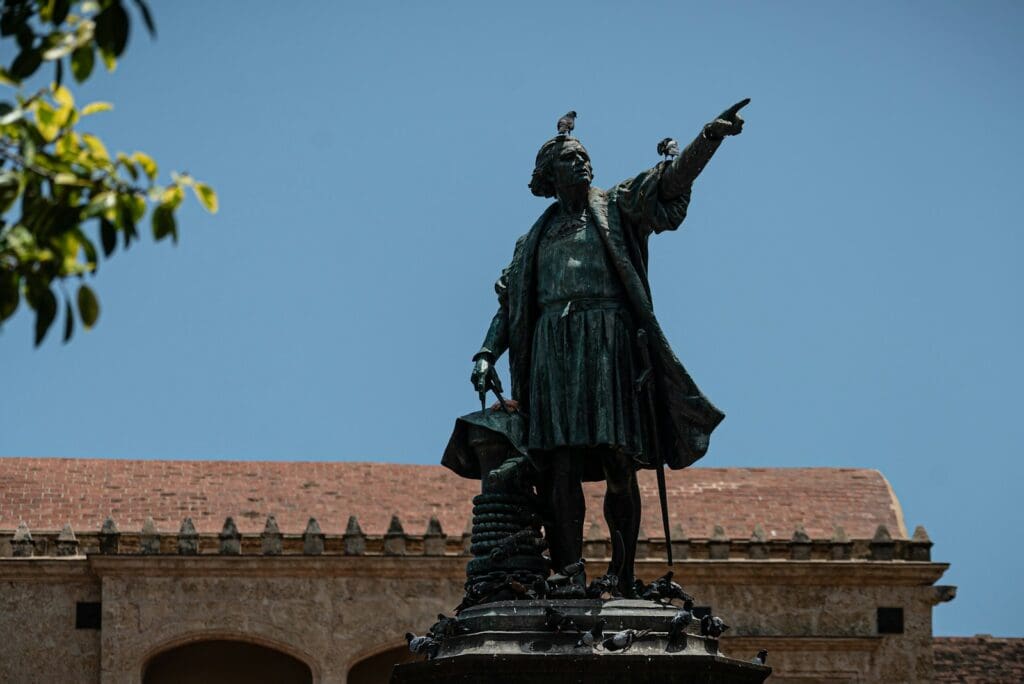
Christopher Columbus did not set out to prove the earth was round. Rather, Columbus was looking for new ways to navigate to India via circumnavigation, and his opponents simply contended that he underestimated the size of the planet and didn’t pack enough supplies for the trip. The myth that Columbus set out to prove that the world was round originated with Washington Irving’s book The Life and Voyages of Christopher Columbus, published in 1828.


